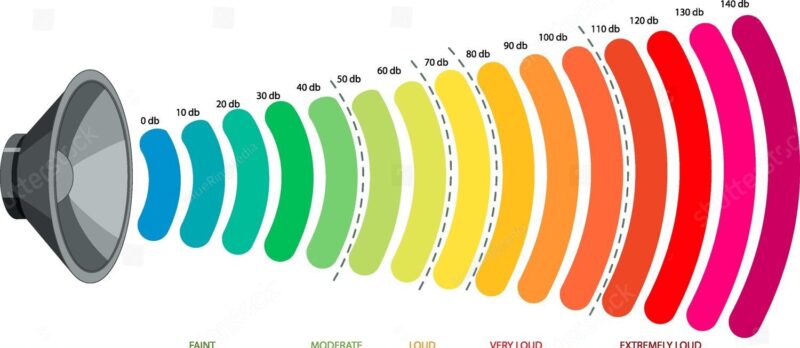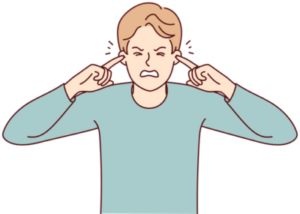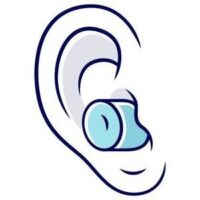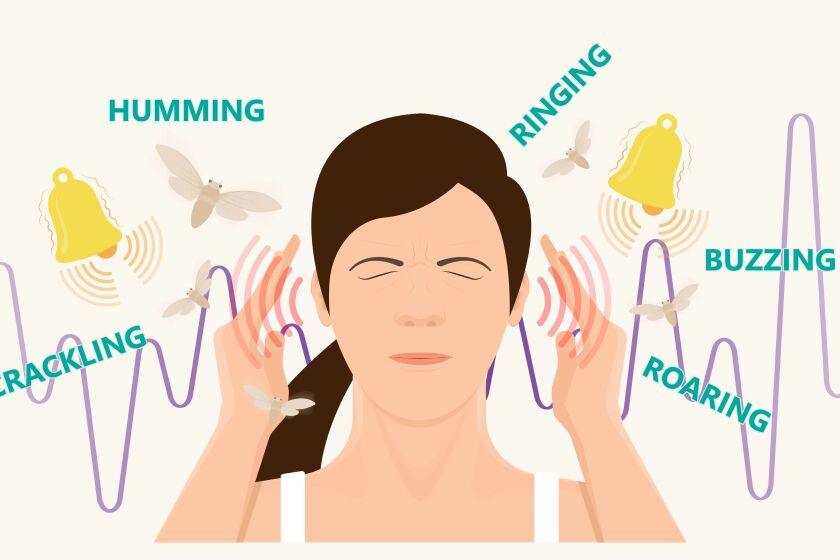Understanding “what is the safe level of noise intensity for humans?” is important for protecting our hearing and overall health. Noise is a common part of our daily lives, from the bustling sounds of urban traffic to the hum of household appliances. While some noise is unavoidable, prolonged exposure to high levels of noise can be harmful to our health.
In this article we discusses in depth about the recommended safe noise levels, the potential risks of exposure to high noise levels, and practical ways to reduce these risks.
Understanding Noise Intensity
Noise intensity is measured in decibels (dB), a logarithmic unit that quantifies sound pressure levels. The decibel scale is not linear; an increase of 10 dB represents a ten times increase in noise intensity. For example, normal conversation typically measures around 60 dB, while a rock concert can reach up to 120 dB.
What is The Safe Level of Noise Intensity For Humans?

The World Health Organization (WHO) and other health agencies provide guidelines on safe noise levels. According to WHO, the safe threshold for continuous exposure is 70 dB over a 24-hour period. For shorter durations, the recommended limits are higher:
- 85 dB: Safe for up to 8 hours per day
- 90 dB: Safe for up to 2 hours per day
- 100 dB: Safe for up to 15 minutes per day
According to World Health Organisation, the safe volume level of any sound for our ears is below 85 dB for maximum durations of eight hours. Any type of noise levels above 85 dB for a long time can damage our hearing ability or temporary damage to sensitive tissues of the ears even permanent hearing loss. While exposure to noise levels above 120 dB can cause immediate damage to our hearing ability.
Health Risks Associated With High Noise Levels
Prolonged exposure to high noise levels can have several adverse health effects:
Hearing Loss

Noise-induced hearing loss (NIHL) is one of the most common risks of exposure to high noise levels. It can be temporary or permanent, depending on the duration and intensity of exposure. Sounds above 85 dB can damage the hair cells in the inner ear, leading to hearing impairment.
Cardiovascular Issues
Chronic exposure to high noise levels can also impact cardiovascular health. Studies have shown a link between noise pollution and increased risk of hypertension, heart disease, and stroke. The stress response triggered by loud noise can elevate blood pressure and heart rate.
Sleep Disturbances
Noise pollution can significantly disrupt sleep patterns, leading to poor sleep quality and insomnia. Continuous exposure to noise levels above 30 dB at night can interfere with sleep, resulting in fatigue, irritability, and decreased cognitive function.
Cognitive Impairments
High noise levels can affect concentration and productivity, particularly in children. Studies have indicated that children exposed to high noise levels, especially in school environments, can experience difficulties in reading, memory, and attention.
How to Reduce The Impact of Noise
To protect yourself from the harmful effects of noise, it’s essential to take proactive measures to minimize exposure:
Use of Ear Protection
 In environments where high noise levels are unavoidable, such as construction sites or concerts, wearing ear protection like earplugs or earmuffs can significantly reduce noise exposure.
In environments where high noise levels are unavoidable, such as construction sites or concerts, wearing ear protection like earplugs or earmuffs can significantly reduce noise exposure.
Noise-Cancelling Devices
Noise-cancelling headphones and earplugs can be effective in reducing ambient noise levels, making them useful for people who work in noisy environments or need to concentrate.
Soundproofing
Improving the soundproofing of your living and working spaces can help reduce noise exposure. This can include installing double-glazed windows, using heavy curtains, and adding insulation to walls and ceilings.
Limiting Exposure Time
Reducing the time spent in noisy environments is a simple yet effective way to protect your hearing. Take regular breaks if you are exposed to loud noise for extended periods.
Monitoring Noise Levels
Using smartphone apps or dedicated noise meters to monitor the noise levels in your environment can help you stay aware of your exposure and take necessary precautions.
Conclusion
Understanding what is the safe level of noise intensity for humans? is essential for safeguarding your health and well-being. While some noise is an unavoidable part of life, prolonged exposure to high noise levels can have serious health consequences. By adhering to recommended noise limits and taking proactive measures to reduce exposure, you can protect your hearing and overall health.
For more detailed information or any questions on safe noise levels and hearing protection, you can visit World Health Organization’s website.
By staying informed and proactive, you can ensure that your environment remains conducive to your health and well-being, and free from the harmful effects of excessive noise.
Hope you enjoyed this useful and helpful content based on “What is the Safe Level of Noise Intensity for Humans?”. For more information like this stay connect with us on latestbite.com Thanks for your precious time.
Also Read This
- What Is the Importance of Staying Hydrated? Key Benefits for Your Health
- The 5 Best Healthiest Foods for Longevity: A Guide to a Longer Life



